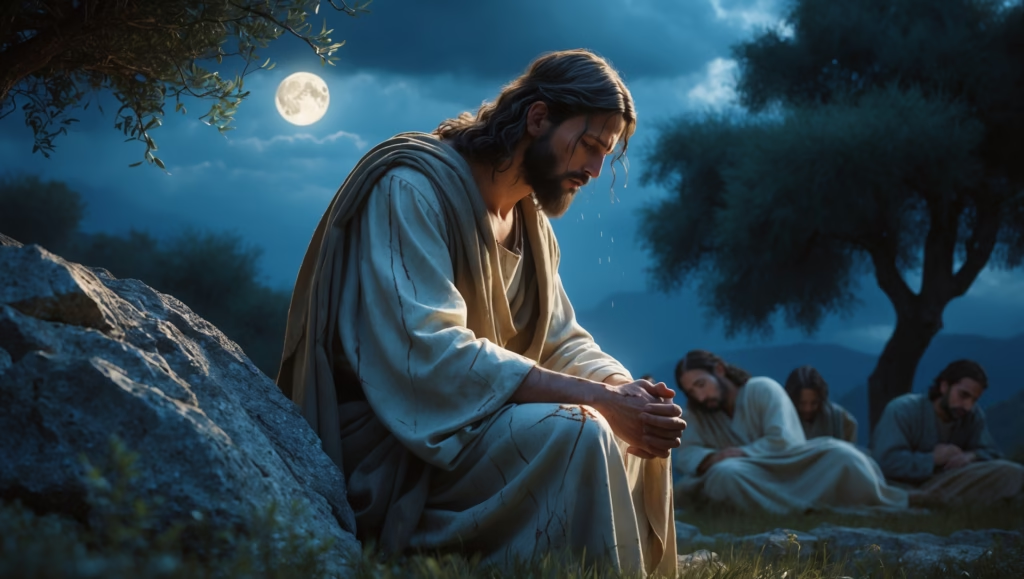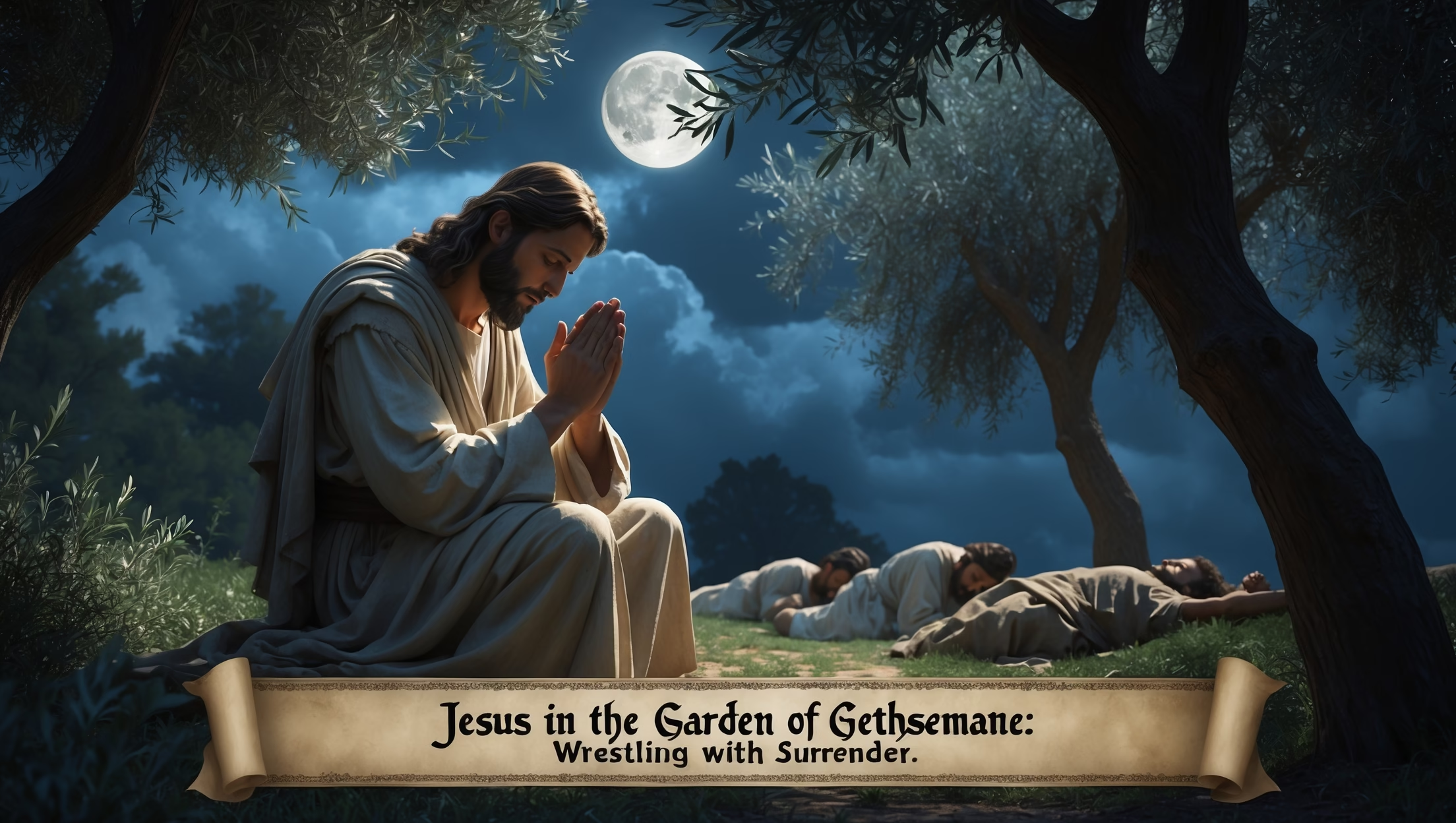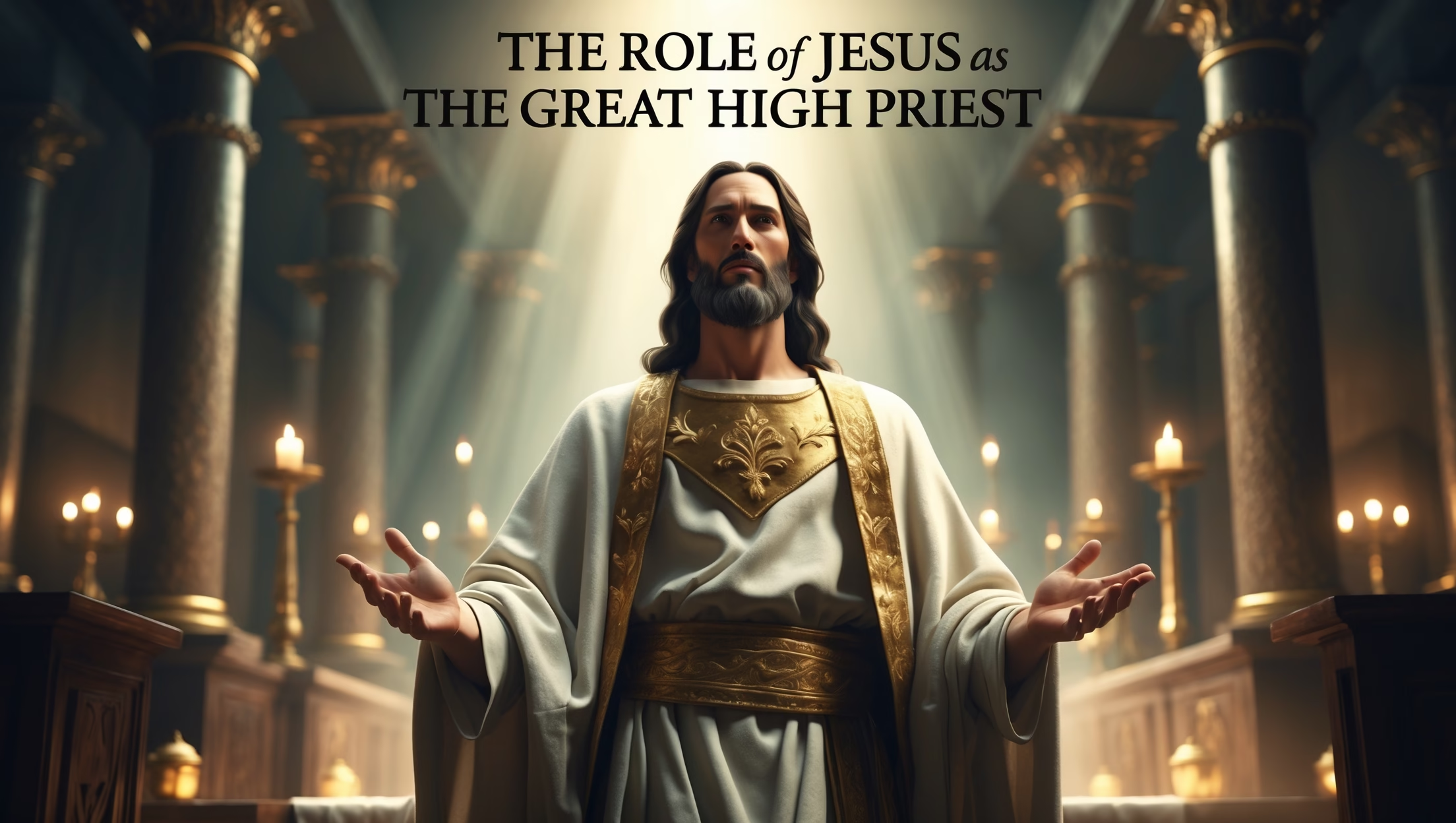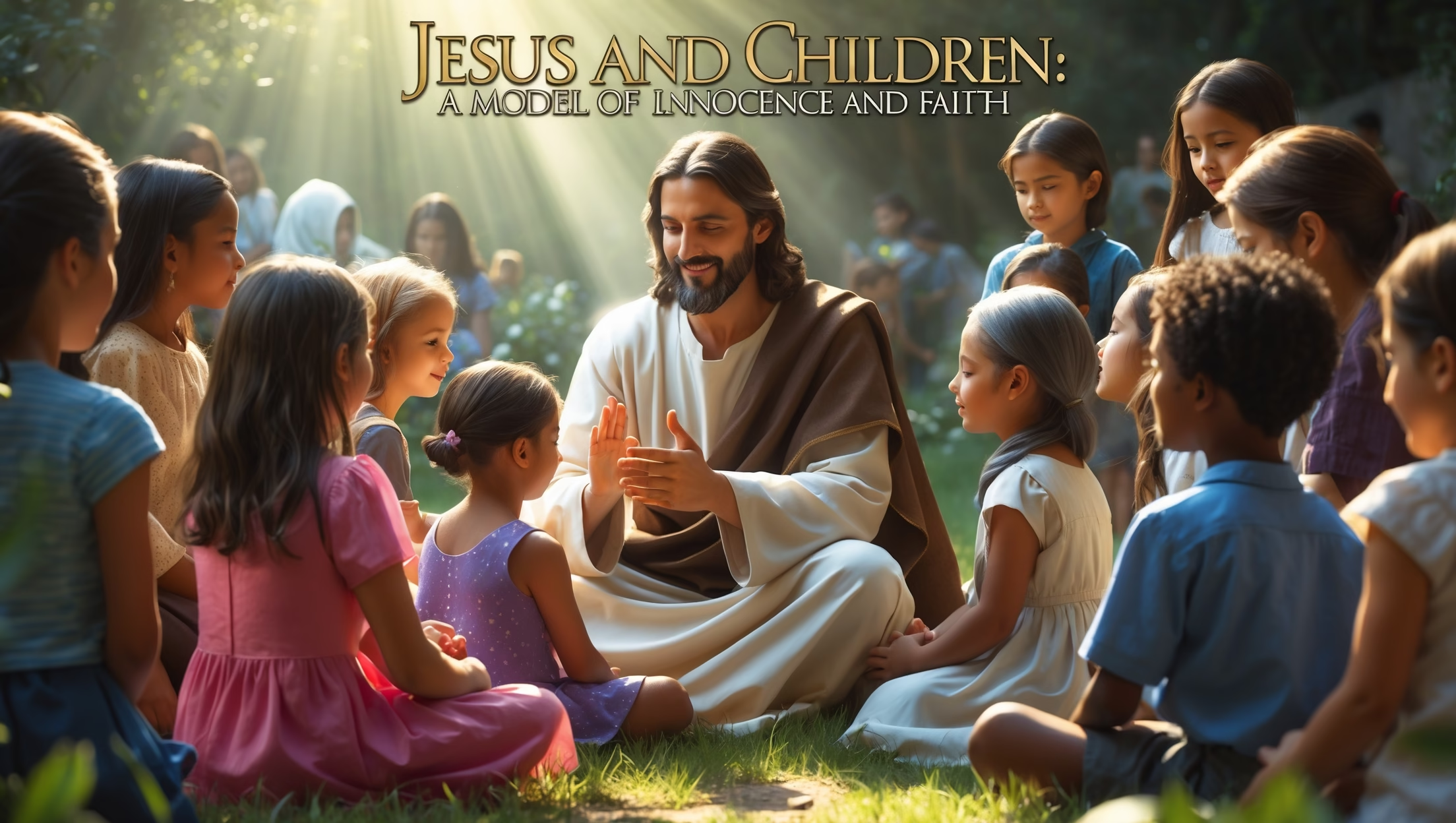Introduction
The Garden of Gethsemane stands as one of the most intimate and heartbreaking moments in the earthly life of Jesus. Tucked away at the foot of the Mount of Olives, Gethsemane was not just a place of prayer, but the setting of a cosmic struggle. Here, we see Jesus in Gethsemane, bowed down under the weight of unimaginable sorrow, wrestling with the impending suffering of the cross, and ultimately demonstrating perfect obedience to the Father. The account gives us a glimpse into the depth of His humanity, His agony, His surrender, and His unwavering commitment to fulfill God’s redemptive plan.

The Weight of Sorrow
The Gospels record Jesus saying to His disciples, “My soul is overwhelmed with sorrow to the point of death” (Matthew 26:38). These words carry a depth of emotional intensity that is difficult to fully comprehend. In this moment, we encounter Jesus’ suffering in its rawest form. Though He had healed the sick, calmed storms, and raised the dead, here He reveals His own human vulnerability.
The sorrow of Jesus was not simply a fear of physical pain but the crushing burden of bearing the sins of the world. The prospect of separation from the Father during the crucifixion weighed heavily upon Him. Unlike ordinary sorrow, this was the spiritual agony of the sinless One preparing to drink the “cup” of divine wrath on behalf of all humanity. His soul was so heavy with grief that it felt as if His very life could be extinguished under its pressure.
Prayer in the Garden
At the heart of the Gethsemane account is the prayer of Jesus in the garden. Three times He fell to the ground and cried out, “Father, if it is possible, may this cup be taken from me. Yet not my will, but yours be done” (Luke 22:42). This repeated plea shows both the intensity of His struggle and the depth of His surrender.
Prayer was not a mere formality for Jesus—it was the lifeline that connected Him to the Father. His prayers in Gethsemane reveal that surrender often comes through wrestling. He did not simply accept suffering passively; He agonized, pleaded, and struggled in prayer. His sweat became like drops of blood (Luke 22:44), a rare medical condition known as hematidrosis, often triggered by extreme stress and anguish.
Yet, despite the anguish, Jesus’ prayer reveals His complete trust. His obedience was not easy, but it was perfect. In Gethsemane, we see the most profound act of Jesus’ obedience, where He chooses the Father’s will above His own desires, setting in motion the plan of salvation.
The Sleeping Disciples
One of the most striking details in the Gethsemane narrative is the response of the disciples. While Jesus endured His greatest hour of trial, His closest friends fell asleep. He had asked them to “watch and pray” (Matthew 26:41), yet they failed to keep vigil. Their slumber symbolizes the human tendency to avoid the intensity of spiritual battles.
The loneliness of Jesus in Gethsemane is deeply moving. Surrounded by disciples, He still bore His sorrow alone. This solitude underscores the uniqueness of His mission—no one else could carry the burden of the cross. It also reminds us that in our own struggles, people may fail us, but God remains faithful. The disciples’ failure to stay awake contrasts with Jesus’ persistence in prayer, teaching us the importance of spiritual vigilance.
Lessons in Surrender
The Garden of Gethsemane is not just a historical event; it is a spiritual lesson for all believers. It teaches us that surrender is rarely easy. It often involves wrestling, tears, and persistence in prayer. Many people imagine surrender as passive resignation, but in truth, it requires immense courage and trust.
Jesus’ example shows us that surrender does not mean the absence of struggle. He prayed earnestly, expressed His anguish, and even asked if the suffering could pass. Yet He still chose to obey. His prayer, “Not my will, but yours be done,” demonstrates that true surrender involves aligning our desires with God’s will, even when it comes at great personal cost.
For us, Gethsemane becomes a pattern for navigating life’s hardest moments. When we face trials, betrayals, or overwhelming challenges, we are invited to follow Jesus’ example: to bring our sorrow honestly before God, to wrestle in prayer, and to trust that His will, though sometimes painful, is ultimately good.
Encouragement for Believers
The story of Jesus in Gethsemane offers deep encouragement to every believer. It reminds us that Jesus understands the depths of human struggle. He is not a distant Savior untouched by suffering; He is one who has experienced anguish beyond what we can imagine. Because of His obedience in Gethsemane, we have the assurance that He intercedes for us today (Hebrews 7:25).
When life feels unbearable, we can remember that Jesus has walked the path of sorrow before us. His victory in the garden ensures that we are never alone in our battles. Moreover, His willingness to surrender reminds us that our prayers are not about escaping hardship at any cost but about trusting God’s purpose through it. Just as the cross led to resurrection, so too can our trials lead to deeper faith, hope, and joy when entrusted to God.
Conclusion
The Garden of Gethsemane reveals Jesus at His most human and His most faithful. It is here that we see the perfect tension between agony and obedience, sorrow and surrender. His struggle was real, but His decision was resolute. By choosing the Father’s will, Jesus paved the way for our salvation.
For believers today, Gethsemane is both a comfort and a challenge. It comforts us because Jesus understands suffering and intercedes for us. It challenges us because it calls us to trust God in our own Gethsemanes. The garden scene is not only a historical account but also an invitation to enter into deeper prayer, surrender, and faith.
In the end, the victory of Calvary was secured in the surrender of Gethsemane. And through His obedience, Jesus has given us the strength to walk our own paths of surrender, knowing that God’s will always leads to life.










